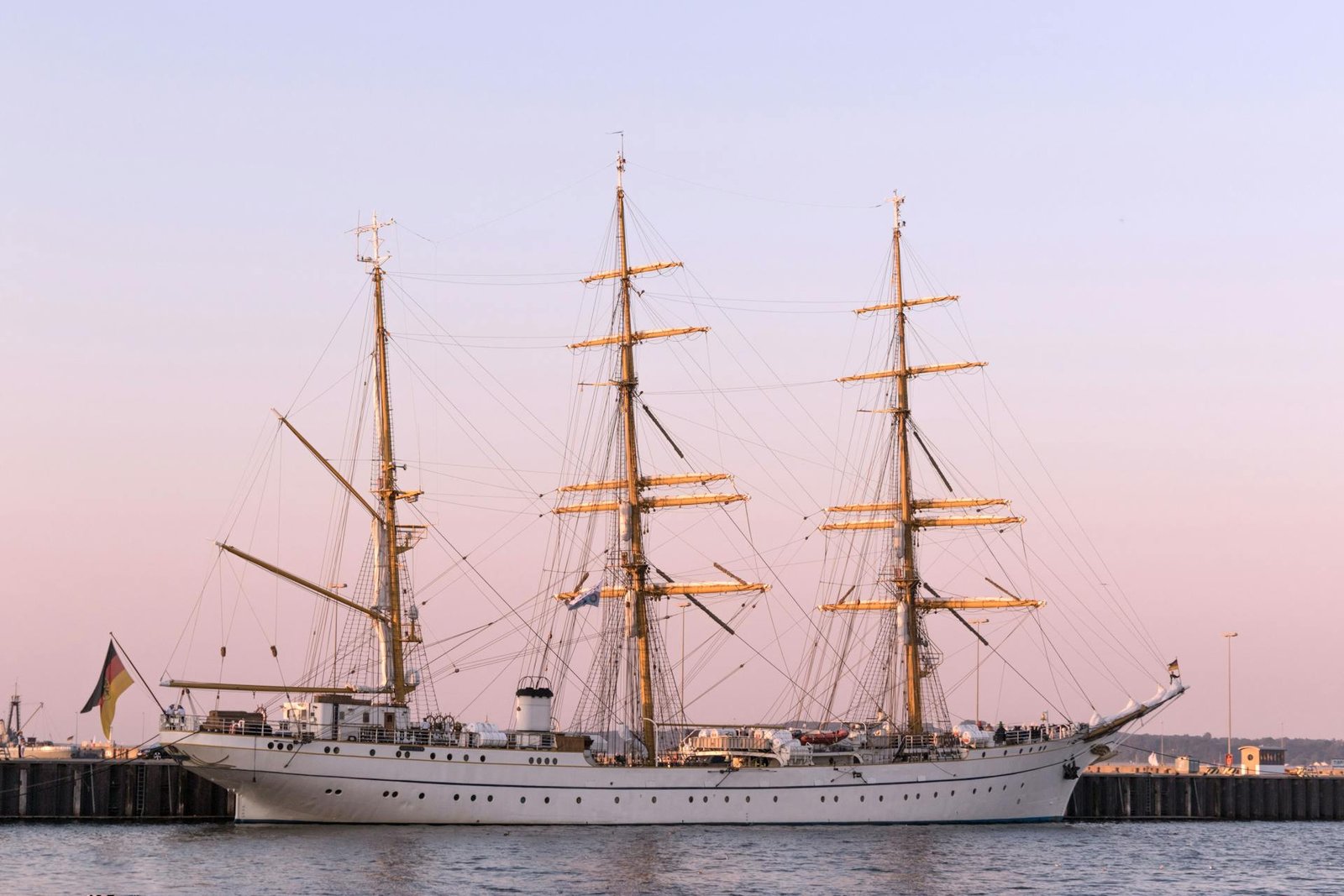On Wednesday, February 12, 2025, at night, the US Navy nuclear-powered aircraft carrier USS Harry S. Truman collided with a merchant vessel, the Besiktas-M, in the Mediterranean Sea, off Egypt’s Port Said. The accident occurred in the congested waters off the Suez Canal, an important shipping channel linking the Mediterranean Sea to the Red Sea and opening into the Arabian Sea.
Information on the Collision
The collision took place when the USS Harry S. Truman, one of the aircraft carriers in the fleet of the US Navy, was steaming towards the Suez Canal, while the Panamanian merchant ship Besiktas-M, a bulk carrier, had just come out of the canal and was steaming towards Romania.
Although there was an impact, both vessels were said to have escaped major damage to their essential systems. The USS Truman was not inundated, and its nuclear power plants were not affected by the collision. Thankfully, no crew on either ship was hurt. The Besiktas-M did experience some observable damage during the crash.
Investigation and Cause of the Collision
After the collision, a full investigation was initiated to ascertain the reason for the accident.
The US Navy spokesperson explained that the precise reasons behind the crash are unknown, but the location of the incident is an area where heavy sea traffic is usually experienced. The sea surrounding the Suez Canal is usually congested with ships, and this might have made it hard for the involved vessels to maneuver and avoided the collision. The experts have noted that with so much shipping in the waters, even minimal navigation mistakes might result in dangerous accidents.
The Besiktas-M, a 617-foot-long bulk carrier, was leaving the Suez Canal after completing its transit through the canal. Meanwhile, the USS Truman, a giant 1,100-foot-long Nimitz-class aircraft carrier, was approaching the canal. Marine Traffic tracking website data suggests the vessels were close to each other when they collided.
Crowded Waters and Limited Maneuvering Space
The Suez Canal is one of the world’s busiest and most vital shipping lanes, with scores of vessels moving through it every day.
Vessels approaching the canal are required to travel in a single line, with hardly any space to alter course or maneuver. Experts say this limitation raises the threat of accidents. That the waterway where the collision occurred, off Port Said in Egypt near the anchorage, was congested with about 100 ships at the time is witnessed by marine expert Sal Mercogliano, Campbell University professor. The heavy traffic conditions provided scant opportunity for the vessels involved to move with any ease, and thus the collision was more probable due to these tight conditions.
Experts Point to the Dangers of Constricted Waterways
Former US Navy Captain Carl Schuster, who teaches at Hawaii Pacific University, discussed the risks of passing through such congested and restricted waterways.
Schuster said that vessels such as the USS Truman and the Besiktas-M each take around one nautical mile to stop completely. In congested regions such as the Suez Canal, where there is little space, even slight navigation mistakes, miscalculation of another vessel’s plans, or slow decision-making might have placed both vessels in danger in a matter of seconds.
USS Truman’s Recent Activities and Deployment
Prior to the collision, the USS Truman had been on a military deployment in the Central Command area, where it conducted operations against Middle Eastern threats.
Last week, it had stopped by at Souda Bay in Greece for a “working port visit.” In the course of its deployment, the Truman was used in airstrikes against Houthi rebels in Yemen and even undertook operations aimed at ISIS militants in Somalia.
These missions were part of the ship’s continuing mission to secure the area.
Infrequent Instances of US Navy Carriers Colliding with Commercial Ships
Crashes between US Navy aircraft carriers and merchant ships are very rare. Aircraft carriers are usually part of a strike group, which is ringed by a defensive screen of smaller warships, including destroyers, that keep such accidents from happening.
But when ships pass through or out of the Suez Canal, they have to go in a single line, which exposes them to more chance of collision.
Experts believe that the conditions most likely contributed to the accident. This accident serves to remind us of the risks that are involved with transiting these congested and narrow shipping routes. The last reported collision of a US Navy aircraft carrier and a merchant vessel was in 2004, when the USS John F. Kennedy was collided with by a dhow, a type of traditional sailing vessel, in the Persian Gulf.
Past Deadly Collisions with US Navy Vessels
There have been other major incidents involving US Navy vessels in recent years.
In 2017, there were two distinct collisions between US Navy destroyers that killed a number of sailors.
In June 2017, the USS Fitzgerald collided with a merchant vessel off the coast of Japan and killed seven sailors.
Though the collision of the USS Truman with the Besiktas-M has not caused any major injuries or damage to major systems, it is a strong reminder of the difficulties in traversing congested and constricted sea routes like the Suez Canal. The investigation of the collision continues, and analysts are studying carefully the reasons for the crash in the busy sea lanes.
Only two months after that, in August 2017, the USS John S. McCain ran into a tanker off Singapore and Malaysia, killing 10 sailors. These two unfortunate incidents put into relief the risks and challenges of sailing through congested and narrow waterways, even for highly equipped naval vessels.
Conclusion
The US Navy will keep watching and enhancing the safety measures in force for its ships while they travel through such busy areas.



